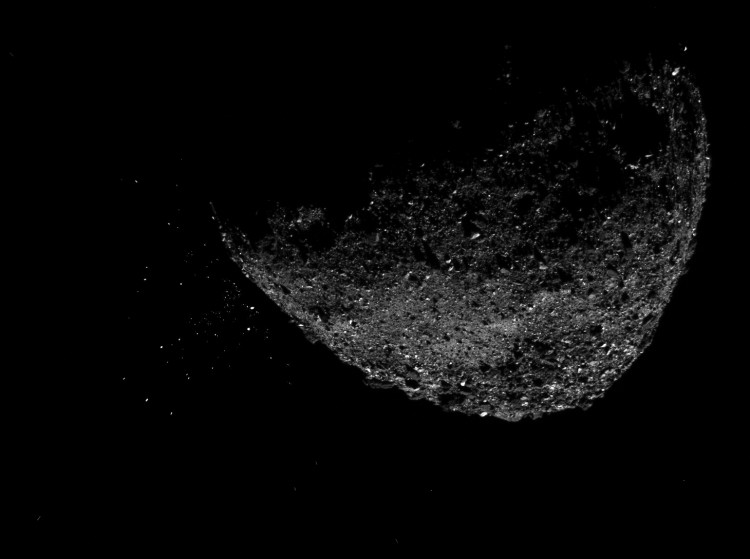China is aware of the asteroid it will use as a test bed for planetary defense technologies in the 2020s.
According to a report from Space News, the China National Space Administration intends to conduct research on the possibly dangerous asteroid 2020 PN1 on a mission that will launch in 2026. China earlier this year seemed to be aiming for 2025.
According to a story from SpaceNews, a spacecraft from the China National Space Administration will collide with an as-yet unidentified potentially dangerous asteroid and attempt to change its orbit. Although space agencies have not discovered any immediate dangers, "potentially hazardous" refers to a collection of space rock characteristics associated with a higher probability of eventual collision.
"A slide presented by Long indicates that the impactor mission will launch in 2026 on a Long March 3B rocket. The mission will include a separate impactor and orbiter. The former will impact near-Earth object 2020 PN1 with the latter spacecraft making observations." the SpaceNews report said.
The NASA Double Asteroid Redirection Test (DART), which is scheduled to reach its own location in September, seems to be comparable to the kinetic asteroid defense program. In an effort to change the orbit of the moonlet Dimorphos around the asteroid Didymos, NASA intends to launch a kinetic impactor at a speed of 4.1 miles per second (6.6 kilometers per second).
Despite decades of meticulous research by NASA and countless other space organizations, there are no known impending dangers, according to scientists. As it refers to a set of space rock features expected to have a higher likelihood of ultimate impact, the word "potentially dangerous" is also complicated.
Wu Yanhua, the deputy director of CNSA, recently stated that China has been engaged in research and technical studies for a more comprehensive planetary defense plan. The organization also published a "white paper" in January outlining its plans to build a mechanism to protect against near-Earth objects.
According to Wu Yanhua, deputy head of the China National Space Administration (CNSA), the country is also putting technological studies and research into technologies that people might employ to divert near-Earth asteroids. Wu Yanhua made this statement to the state news outlet China Central Television (CCTV).
The Biden administration recently criticized the nation, which operates in space largely independently. In 2021, the 23-ton core stage of a Long March 5B launcher fell out of control, drawing criticism from NASA for China. According to NASA, it is also forbidden to "engage in any bilateral activities with China or Chinese-owned companies."





